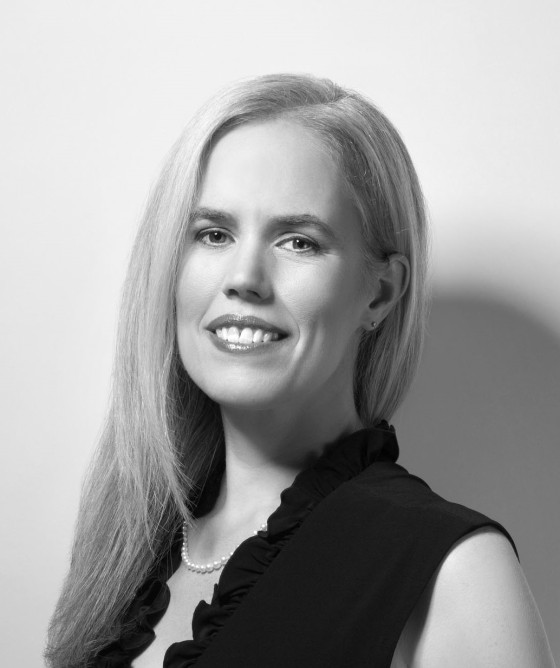Sustainability isn’t new for the events industry, but somehow, real progress still feels out of reach. The pledges have been made, and the green logos added. But where do things really stand, and how do we move from surface-level commitments to tangible, measurable outcomes?
We spoke with industry expert and educator, Shawna McKinley, to explore what the future of sustainability in events looks like in practice today, and what the future holds.
Why green pledges are no longer enough
One of the clearest themes to emerge from our discussion was the widening gap between intention and impact. Shawna agrees that many event organizers have been quick to declare sustainability pledges, carbon targets, and ESG commitments, but some are falling short when it comes to implementation.
“While these declarations are important as they signal values, that’s no longer enough. Accountability, follow-through, and transparency are what count now. It’s not about having the best copy on your event website. It’s about doing the work behind the scenes and being honest about where you are in your sustainable journey.”
As Shawna says, “The bottom line is, if your sustainability plan can’t show real outcomes, it may be doing more harm than good to your credibility.”
The sustainability measurement dilemma
It’s one thing to say you’re reducing emissions, but quite another to know what your emissions are in the first place.
The problem is that currently, the events industry lacks a universally accepted methodology for measuring its carbon footprint. But while associations are working on frameworks, event organizers shouldn’t wait around.
“There are plenty of ways to track the emissions you directly control, such as staff travel, energy use, and production waste,” says Shawna.
Shawna believes that a major blind spot is attendee travel: “Many events continue to exclude it from their carbon accounting, even though it's often the largest contributor to an event’s footprint. If you’re inviting 5,000 people to fly cross-country, or across continents, you can’t pretend their emissions don’t count.”
To move forward, we need a more honest and comprehensive approach to measurement, even if it means starting small and building incrementally.
Selling sustainability to attendees and stakeholders
Does promoting sustainability actually drive attendance?
The short answer is: no, not usually.
Shawna points out that unless your event specifically targets a sustainability-savvy audience, it’s unlikely that touting your green credentials will be a major draw. “Most attendees still make their decisions based on content quality, networking opportunities, and ROI, rather than whether your lanyards are biodegradable.”
In fact, over-promoting sustainability can backfire if it feels like greenwashing or is disconnected from the actual attendee experience.
So, what’s the right approach? Shawna’s advice is to “Focus on doing the work quietly but credibly. Let attendees discover the effort organically rather than forcing it into the spotlight. Your sustainability strategy should be authentic, embedded, and aligned, not performative.”
That said, sustainability messaging does matter, just in a different context. Suppliers, partners, and stakeholders do pay attention. For them, your environmental and social impact efforts can influence their decision to collaborate.
The business case for sustainability
A common concern is around whether adopting sustainability practices will increase operating costs.
“In many cases, it won’t,” says Shawna. “Sustainability can support smarter, more predictable budgeting. Efforts like reducing food waste, switching to reusable service ware, and simplifying print materials may not dramatically slash costs, but they can create financial resilience and operational efficiency.”
In some instances, sustainability has even driven innovation. Shawna relates a case study of a student project for a night market that used AI to calculate the cost of food waste. “They created a financial incentive plan that could save over $100,000 across vendors, offering rebates for participation in zero-waste programs.
“Sustainability isn't just about saving the planet; it's increasingly part of how events create long-term value for all stakeholders.”
Ignoring climate risk isn’t an option
Despite record-breaking wildfires, floods, and hurricanes, many event organizers still don’t consider climate risk in site selection. Those who do often only start after a painful experience.
Shawna shares a case in point: “A major education conference scheduled in Puerto Rico had to be cancelled due to Hurricane Maria. The aftermath forced a complete rethinking of the planning process, including obtaining extreme weather insurance and building hybrid contingency plans.”
She points out that business events may be mostly indoors, but that doesn’t make them immune to disruption. Whether it’s travel delays, smoke warnings, or evacuation orders, planners need to be proactive about resilience.
This doesn’t just apply to logistics. Shawna explains that it also affects attendee safety, supplier contracts, and insurance. Climate isn’t a distant concern anymore. It’s operational risk.
The emotional side of sustainability
Amid the technical talk of emissions and logistics, one aspect that is often overlooked is climate anxiety.
It’s not unusual for people, attendees, staff, and organizers to feel overwhelmed by the state of the world and unsure of how to respond. There is an opportunity for events to play a powerful role here.
Shawna points out that, “Our job as event professionals is to create spaces where people connect, learn, and act. That’s especially important in the face of fear, grief, or confusion about the climate crisis.” Events can offer a sense of shared purpose, community, and momentum. “But they need to go deeper than just another sustainability panel.”
We need to think about how to embed safe, meaningful conversations about sustainability into the design of our events. This could be through dedicated workshops, town halls, or peer exchanges.
As Shawna puts it: “Not everything needs to be a standalone climate summit, but we can’t rely on once-a-year token sessions either.”
It’s time to change intention to impact
Sustainability isn’t a checklist. It’s not a feature. It’s no longer even a trend.
It’s a strategic lens, an opportunity to reframe how and why we gather. That means matching our event formats, locations, and experiences with our values and desired outcomes. It means thinking beyond compliance and metrics to also consider meaning, motivation, and impact.
For example, building hybrid models that reduce emissions without reducing value and positioning your event around transformation, not tokenism. For everyone, it means getting a little more honest, a little more creative, and a lot more collaborative.
“We are one of the few sectors that can enable systemic change precisely because we have the skills to bring people together and collaborate. If we see each event as an opportunity to do that, we become a core solution and elevate our value in very meaningful ways. That goes a long way to making our work personally and professionally rewarding.”
Shawna McKinley is the Principal of Clear Current Consulting and an accomplished event sustainability consultant, instructor, researcher, and author. For 25 years, she’s helped event professionals improve their events through social impact programs and environmental management systems that create measurable results.














